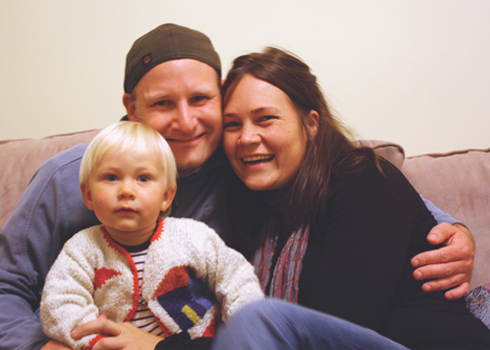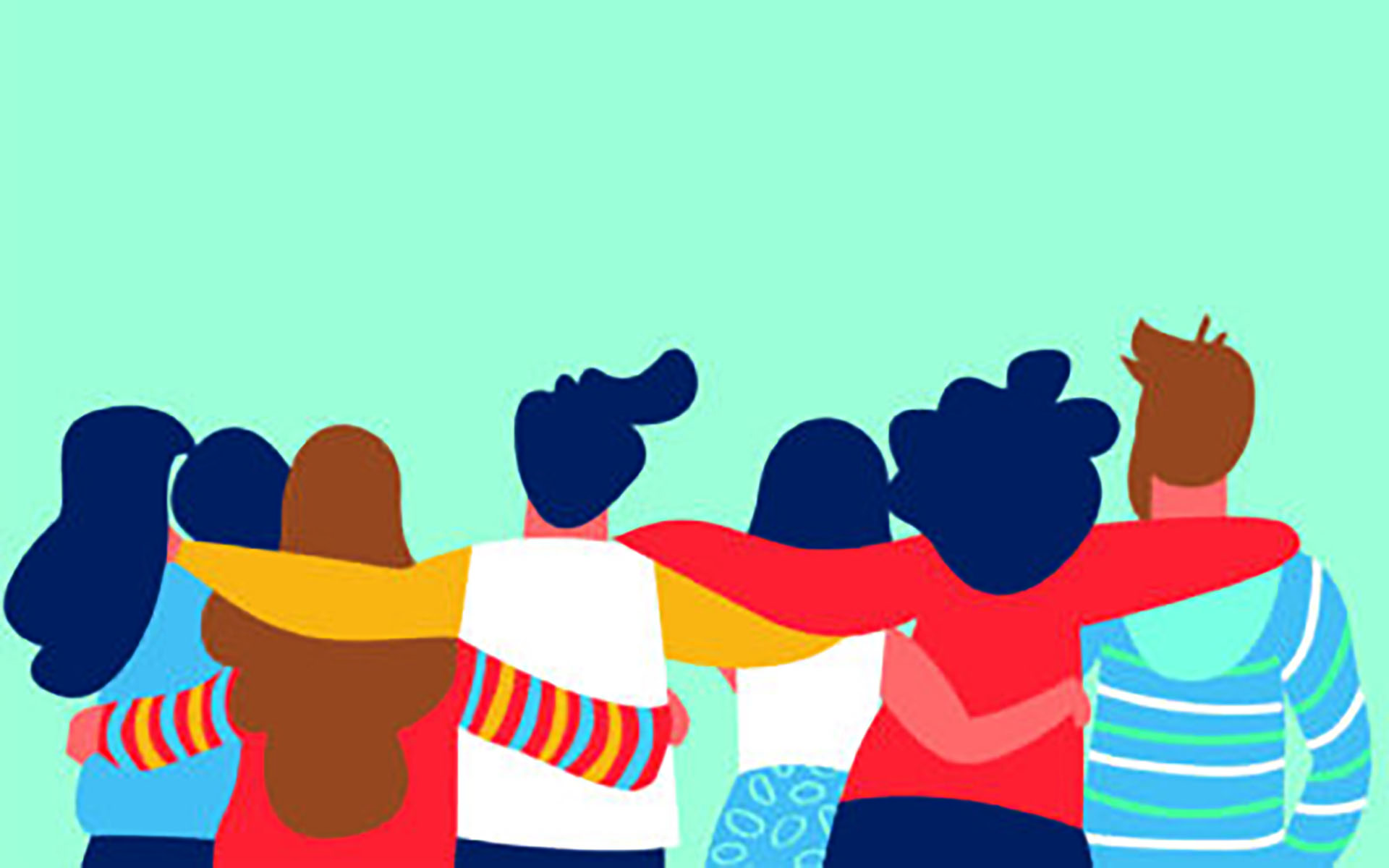When Alex Tower Ewers was in her second trimester, she and her husband Patrick Ewers began a course on mindfulness-based childbirth and parenting, which met one evening a week for two months. Sessions included formal meditation, group discussion, and partner work.
“I wish every pregnant woman had the opportunity to take this class,” Tower Ewers says. “Whether you’re at home or in the hospital, having a caesarian or are doing natural childbirth, it’s enabling to know how to be present and be okay with whatever your circumstance is.”
Our minds usually dwell in the past and the future. In the birthing room, this can mean that a woman gets wrapped up in fear of the next round of contractions instead of resting or gathering her energy between them. And it can lead to her partner, who sees her pain, to feel helpless and to spin into panic mode. “Panic mode is something I avoided by staying in the present moment,” Patrick Ewers says. “Every once in a while I would slip into future-thinking, but through practice I was able to pull myself back and think what’s important is what can I do for my wife right now.”
One practice the couple learned, which they found particularly useful, involved dealing with pain. The instructor provided participants with bowls of ice water and they took turns submerging their hands for a minute. It was painfully cold, says Tower Ewers, and “each time we did it, we had to use a different way of coping. The first time the instructor let us do whatever we would instinctively do. Most of us yelled and screamed and said every cuss word you could think of. Then we tried several other techniques.”
One was to focus on the breath. Another was to choose a word or sound, such as Om, and focus on that. The instructor encouraged participants to experiment with diving into the pain—to experience it as deeply as they could—and also to experiment with distracting themselves from the pain, perhaps by thinking about being on a beach in Hawaii. Experimentation was the key, and participants were encouraged to devise their own coping strategies, for instance, staring into their partner’s eyes or singing or having their partner massage their back.
“The point of the exercise,” says Tower Ewers, “was to see how much the mind affects our physical level of pain. Most people finished this exercise saying something to the effect of, ‘When I focused on Om, it only seemed like we had our hands in water for three seconds, but when I yelled and screamed and went on about it being uncomfortable, it felt like five minutes.’ After doing the ice water exercise, we became aware that we have the ability to change how we experience physical pain. There are tools that the mind can use to either have pain be excruciating or bearable.” The mothers-to-be in the class were then able to take what they’d learned and apply it to labor.
The Ewers opted for a natural childbirth at home. “We had an exceptional birth experience,” says Patrick Ewers. It was a relatively easy labor, and complication free. “We can’t say that just our mindful practice caused that to happen,” he continues. But when people are tense or have a lot of expectations about how they want things to unfold, complications can arise and sometimes one complication can lead to another. “We feel that because of the approach we took, we increased the likelihood of a positive experience.”
This story is one of four inspiring stories, written by Andrea Miller, of how real people are integrating mindfulness into their lives. For more, read about Toni Bernard, Mindy Winter and Dr. Martin Ehrlich.





